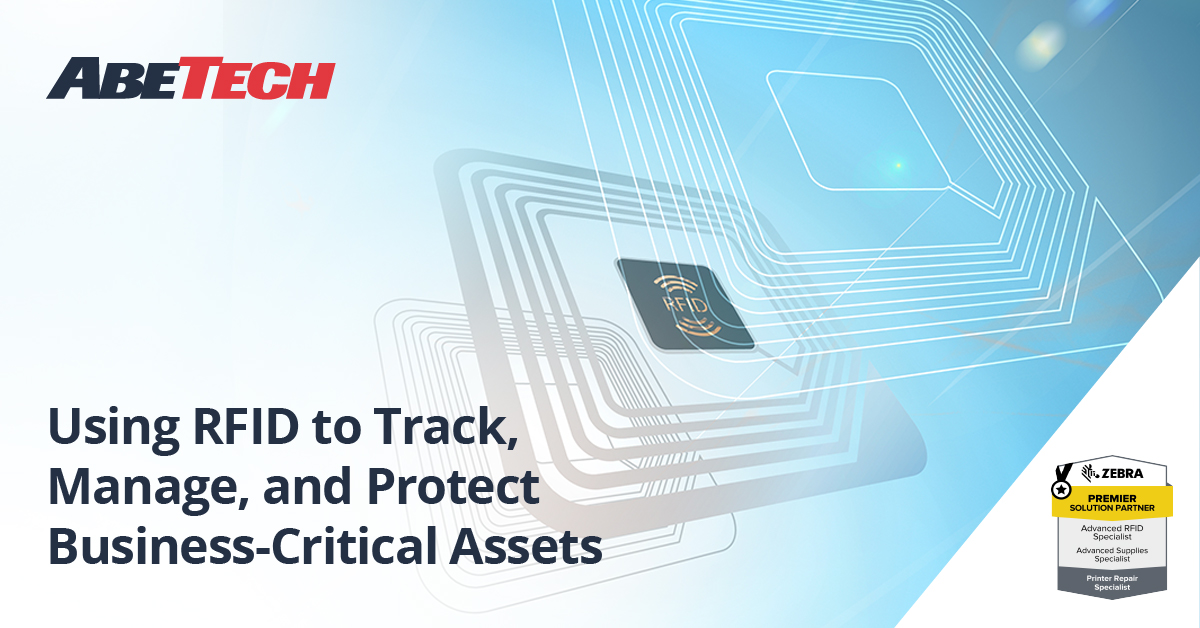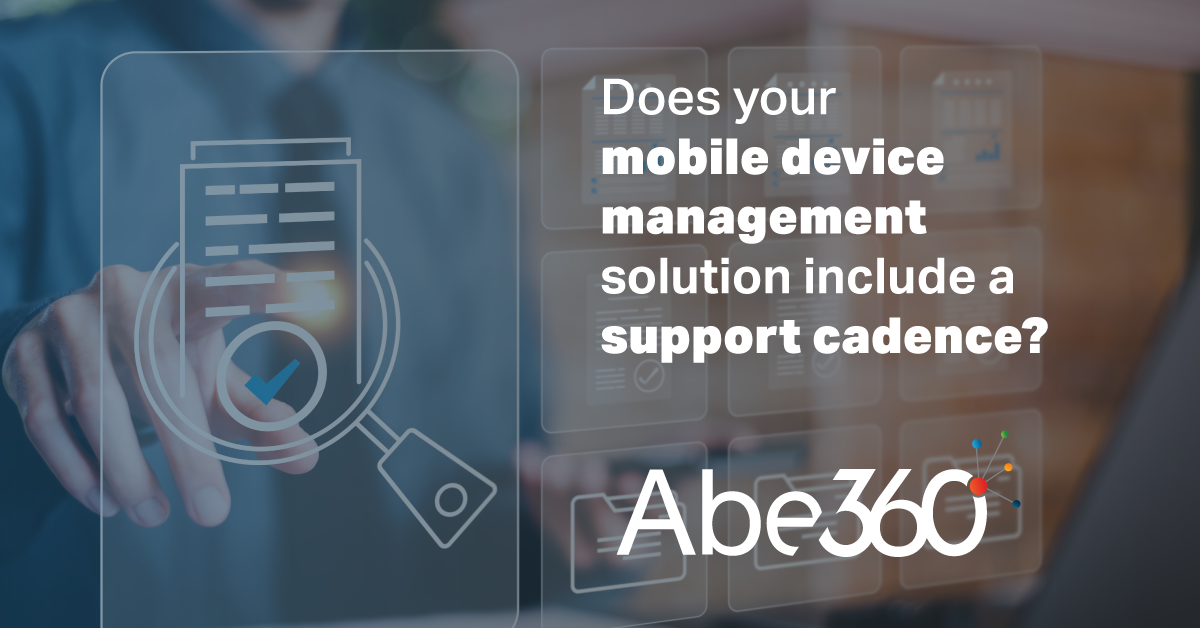In any business, it’s always crucial to have the right assets in place, at the right time. Whether it’s tracking and quickly finding IT assets when they’re needed or locating, moving, and maintaining tools and equipment for manufacturing, it pays to know the status and location of your assets at any given time.
When you know the condition, state, and location of your assets, you can make more intelligent business decisions. You can eliminate delays in finding and servicing your assets, maximize asset utilization to reduce procurement needs and costs, and even protect your investments from loss and theft.
At AbeTech, we regularly help companies design automated systems for locating and tracking their business-critical assets, and we do this by deploying Zebra solutions for radio frequency identification (RFID).
With Zebra RFID and AbeTech's Intelligent Edge solution, you can track any asset across your organization and get accurate visibility into all your assets. You can use the resulting insights to eliminate downtime, save time, and reduce costs by knowing where your assets are, whether they’re being used, and whether they need maintenance, repairs, safety checks, and more.
How RFID Works and Why We Recommend It
RFID is the most efficient and accurate way to track and manage assets because it works wirelessly and remotely, much like Wi-Fi. You use an RFID printer to print and apply a tag to each asset you want to track.
Each RFID tag contains a radio chip and dual antennas to receive and transmit data remotely. A handheld or fixed RFID reader communicates with the chip to read the tag.
The tag also stores a unique identifying number, which is matched to the same number in a database to verify and identify the asset. Your database can contain other information and details about each asset, so you can query and update this information by using a simple software application.
Using this approach and AbeTech's Intelligent Edge, you can keep a full record of each asset’s location, who used it last, where it has been moved, and even its maintenance or safety status.
Advantages Over Barcode-Based Tracking
RFID offers significant advantages over barcodes because it doesn’t require manual scanning or line-of-sight access to a label. Tags are scanned wirelessly at a distance, with ranges of a few feet to over 320 feet depending on the type of radio waves and tags you’re using.
Unlike scanning barcoded items individually, RFID allows you to locate, identify, and track multiple items nearly instantaneously. In addition, fixed RFID systems can be created to automatically track tagged assets as they enter or leave a particular location or move through a facility.
You can even set up automated email alerts to notify an administrator when an asset has left an authorized location.
Typical RFID Asset Tracking Applications
- Asset Traceability
As we’ve highlighted above, tracking and tracing valuable assets is a key RFID application, allowing companies to maximize asset availability and visibility while optimizing utilization and minimizing procurement costs.
- Maintenance and Safety
You can use RFID to automate compliance, calibration, maintenance, and safety checks by using tags and software to keep records and schedule required work, inspections, and service.
- Material and Inventory Tracking
The supply chain is a natural extension of an RFID asset racking program. RFID allows materials, parts, and finished goods to be tracked in real time, so companies can achieve upstream and downstream traceability and enable better decision-making and inventory management.
To learn more about asset tracking with RFID and explore this technology for your business, contact our RFID experts at AbeTech to schedule a discovery call.




